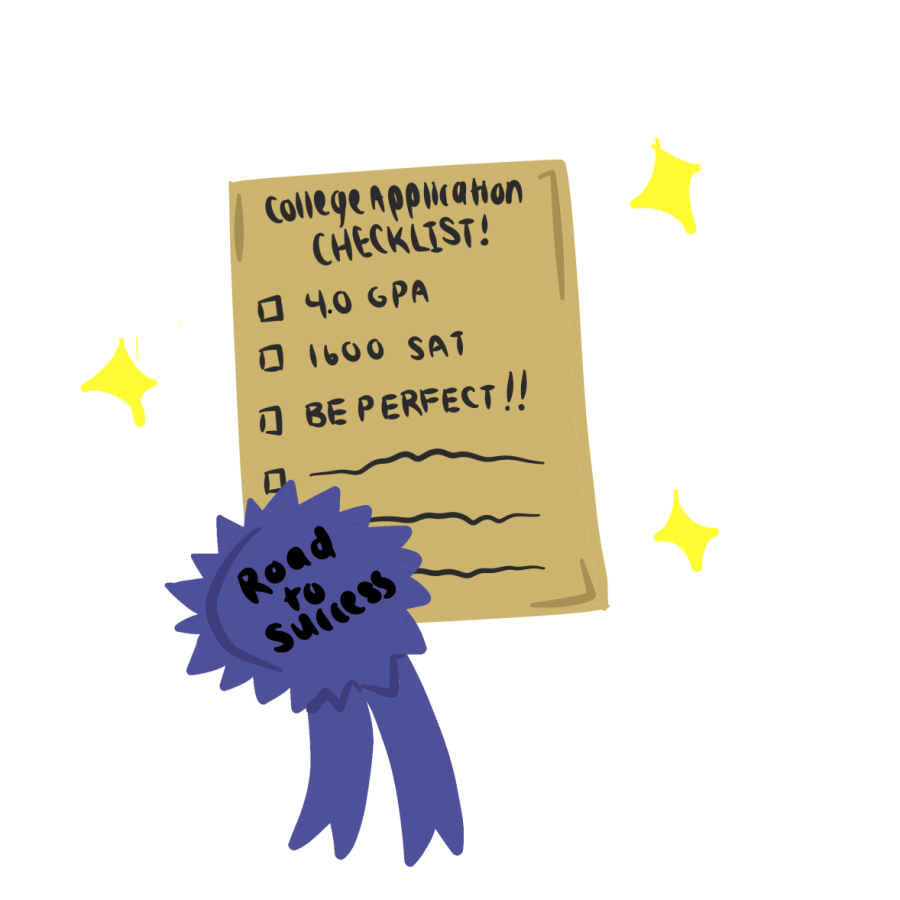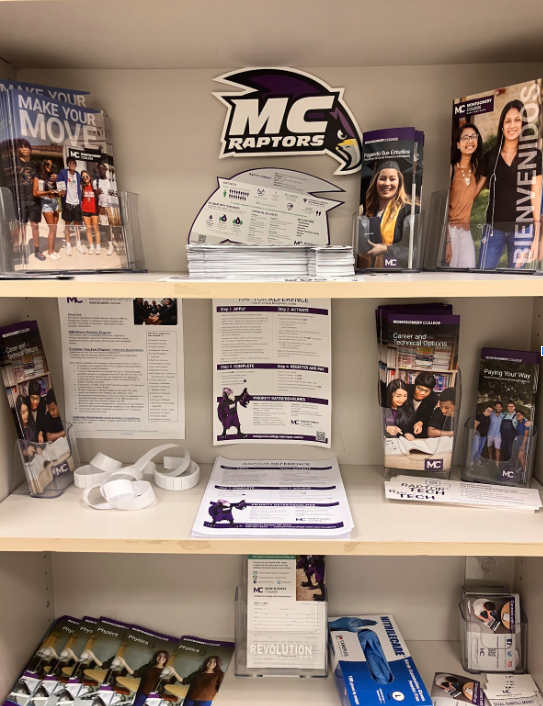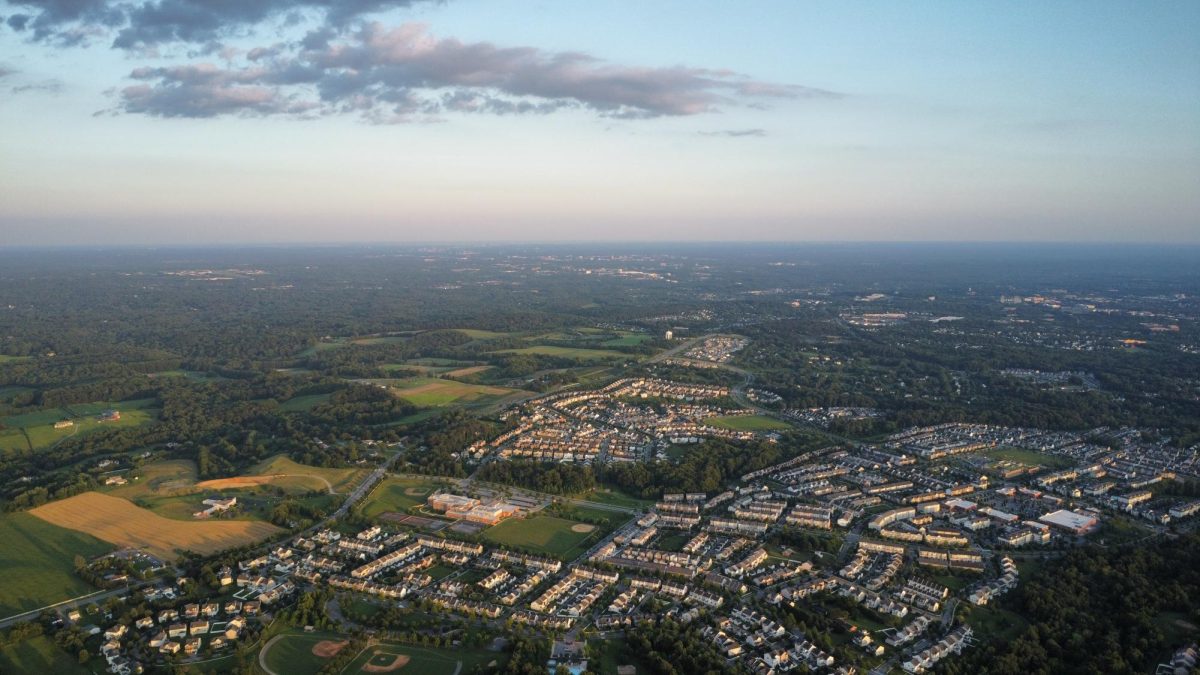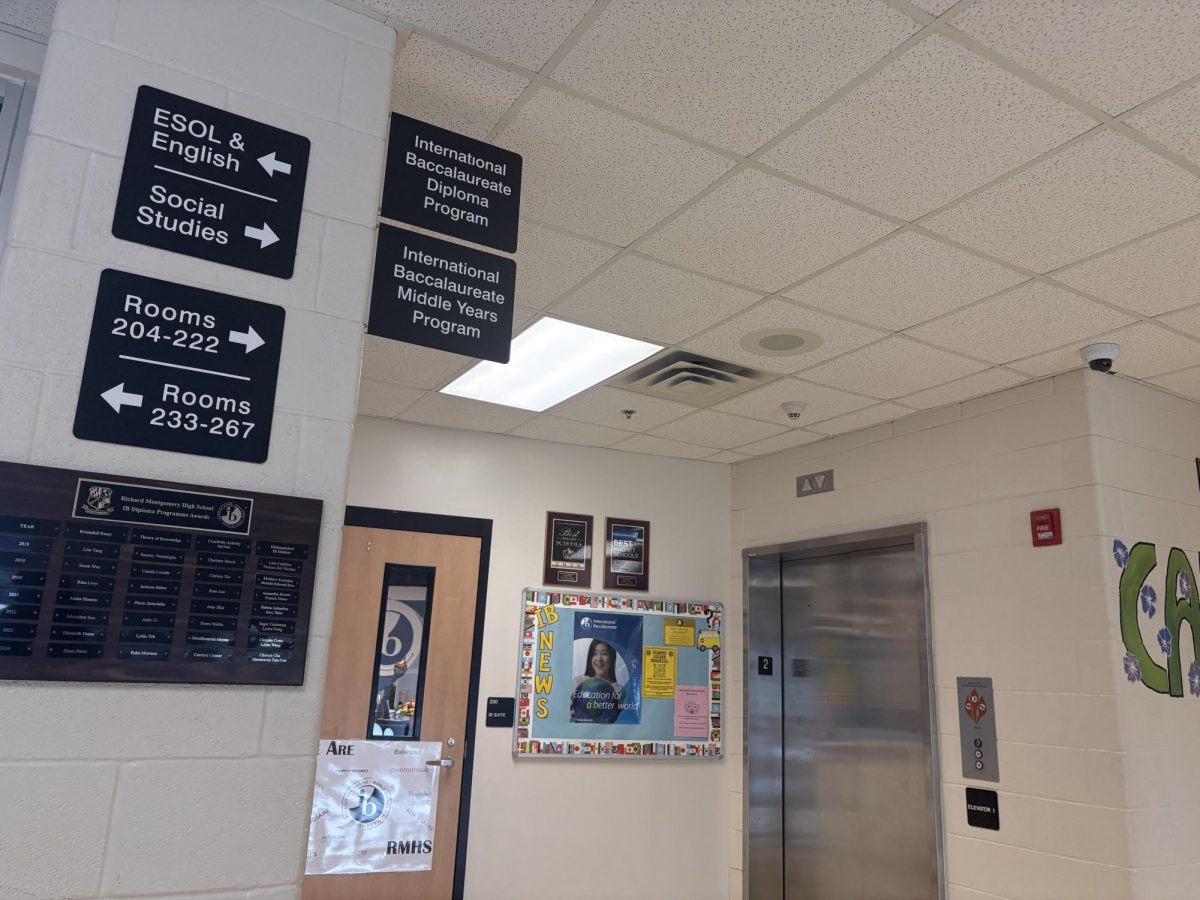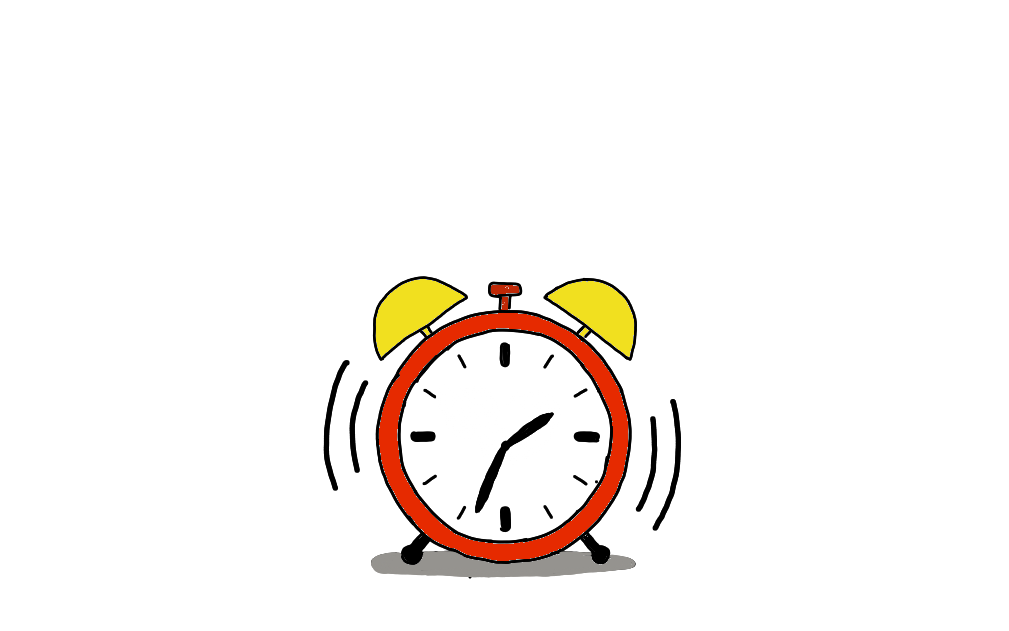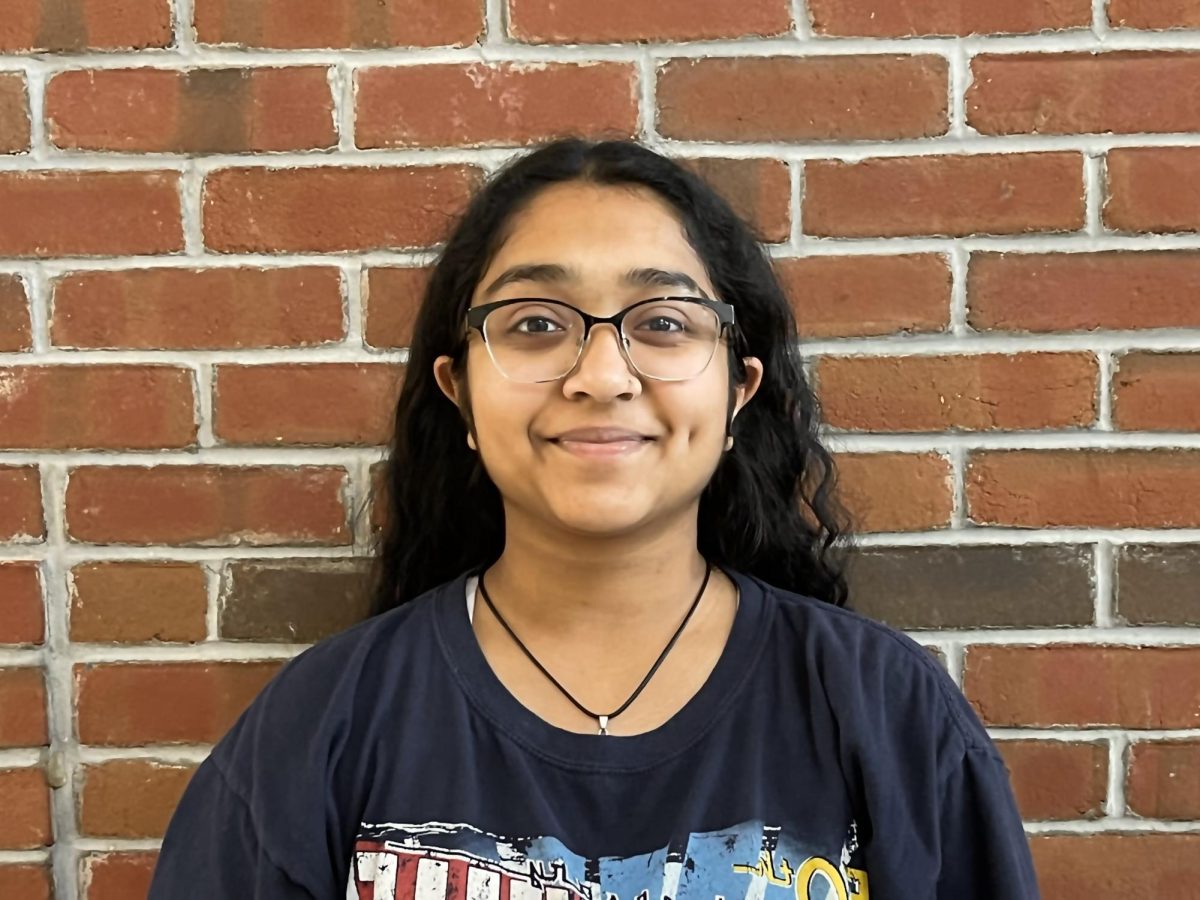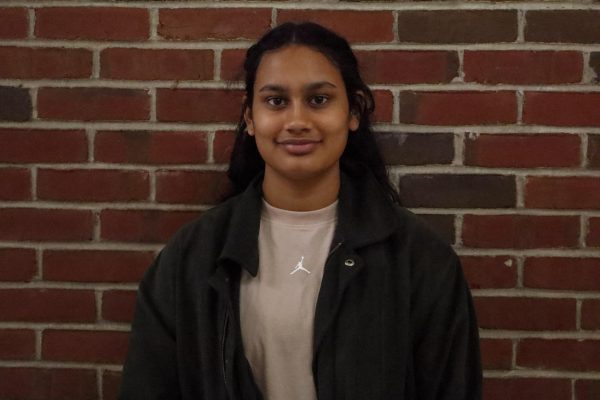Nowadays, the pressures of college admissions are unfathomable, with both exponentially increasing competitiveness levels and applicant pools pushing schools to become incredibly selective.
Top colleges, especially in the Ivy League, have seen some of the most drastic changes. In 1990, the University of Pennsylvania had an acceptance rate of 41 percent, and by 2017, it came all the way down to 10 percent and has continued to steadily decrease. On top of that, flagship universities such as UC Berkeley, the University of California-Los Angeles and the University of Virginia are seeing less than 30 percent admission rates.
So why is this change prevalent across colleges and universities in America? According to The Atlantic, “The Common App application volume through the middle of February increased nearly 10 percent from the preceding year—which itself was up some 10 percent from the year before that.” Additionally, over two decades, the total applications submitted to various colleges have seen a 150 percent increase, rising from 5.4 million to 7 million from 2019 to 2023, solely regarding the 841 colleges that the Common App supports.
Based upon statistics from U.S. News, these surges are due to the effects of COVID-19, when students applied to on average seven schools on the lookout for more affordable options and greater choices. Recruitment strategies and admission requirements have also become more forgiving and accommodating because of circumstances brought on by the pandemic. Currently, 1900 schools in America are test-optional or test-blind and either don’t necessitate the addition of ACT or SAT scores in applications or apply these scores’ influence even if provided.
This has resulted in more leeway and opportunity for students who previously wouldn’t have been considered for certain institutions, with 15 percent of high schoolers stating a greater inclination to apply to universities with such flexible conditions. Junior Paavani Lal Das said, “[The SAT and ACT are] not representative of someone’s skills, it’s representative of their test-taking skills…I think [test optional or test-blind processes] gives a lot of people more of a chance now.”
In turn, the pool reflects the importance and value placed upon a high-grade college degree. Vinay Bhaskara, founder of CollegeVine said, “Having a college degree in America has gone from a nice-to-have to something you need to have for even a lower-middle-class life in American society today.” According to Northeastern University, this practice is attributed to the perks of having four years of higher education such as the 57 percent greater chance of finding job opportunities with the number of occupation openings requiring a bachelor’s degree being over 98.5 million. Also, future earnings for college-going individuals are about 11,500 more than the national average, and they are subject to growth with more time in an industry.
Moreover, the quality of the average resume over time has developed, resulting in student profiles becoming of higher caliber and the wants of colleges differing. Especially regarding elite schools, it is difficult to distinguish between students who apply if they all have top-level scores and grades, therefore the interpersonal aspect has been emphasized over the years. Colleges seek to look at the character and motivations of students, and only those who are unique and fit with the standards of the schools are chosen.
Kids need to show their broad horizons not solely in the limitation of educational worth but also their creativity and leadership skills in the form of participating in multiple clubs, starting organizations, and winning a multitude of competitions for the sole purpose of resume building. Das said, “Especially for someone who is just coming into high school not knowing how college admissions work and stuff like that, you really need to start working on your resume before high school, and that kind of pressure is I think difficult to think about especially when you didn’t have much of an idea about things [before].” With all students following this same outlook, applications and desirable students are even tougher to distinguish between.
However, even if it is out of fear of rejection, we will most likely see students rising to the occasion to level their admission chances while schools raise their standards and perception of high achievers. Das said, “People are still going to aim for Ivy League schools because there is just that distinction that you get that will never really go away…college, if anything, is as important or more important to people than ever.”


